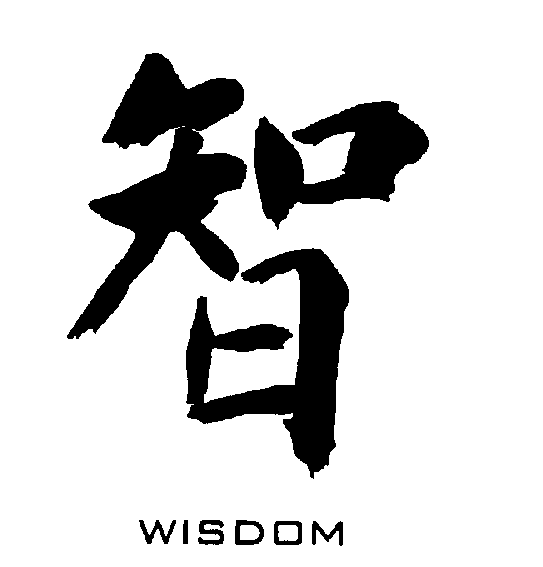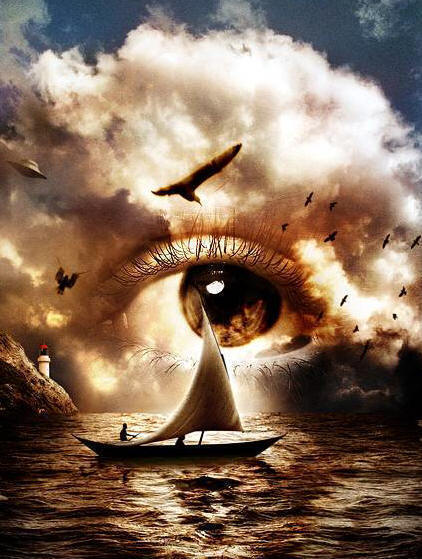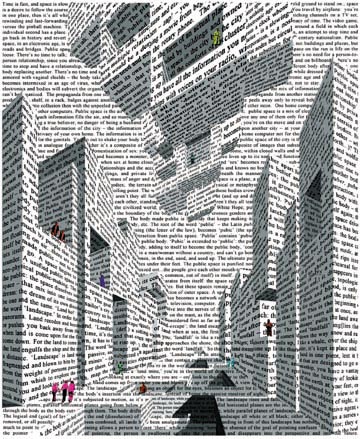
In June of 1999 a rebel by the name of Shawn Fanning would introduce to the world, Napster. He became the first (human) virus to infect the record industry mainframe and fostered an inauspicious partnership in which they had no desire for. Injecting his service into the veins of the corporate ethos, it was a needle that hurt like hell.
In July of 2001, just over two short years (and numerous lawsuits) later, the service would be shut down by court order. Although many sued Napster for their unsportsmanlike conduct, the genie was out of the bottle. Introducing one of the first major disruptions in the world of ‘business as usual', Napster took the leash off the neck of online peer-to-peer sharing and let the mp3 file run rampant.
In the same year Apple would introduce both iTunes and the iPod. A year later Friendster would hit the scene and the year after that, MySpace. And as they say the rest is digital history…
With the last ten years seeing the explosion of digital as a means of creation for the market, it’s been the lingua franca of the emerging new world order. There’s been just one problem though. The revolution, so far, has been more about style than substance. The market’s fervor has generated more information, data, content, ‘friends’, tweets, retweets, hashtags, followers, likes, diggs, and comments than we can possibly count.
Many conversations discuss, who, what, where, when, and how. More often than not though, why is left off the list. There’s intelligence, ambition, ideas and drive in the market, but there’s a lack of wisdom.
A few months back I came across a blog post from Jonathan Harris (a pretty smart guy and a TED presenter) discussing this. What was interesting about what he wrote, was that it grew out of an experience from SXSW; the place where the “best and brightest” convene to discuss where the digital revolution is going.
An excerpt...
“A few nights ago Kyla called, and she was at SXSW, in Austin, Texas, where the digital aristocracy is gathered to learn about the latest developments in the digital world…”
She described a sense of euphoria there among them — an excited optimism for what they were building, and for what the online world can become. But there was something that bugged her, too, and she was trying to tell me what she thought it was.
"Everyone's really smart and friendly and nice," she said, "so it's not that. And everyone seems to be having a really good time, but it's like everyone is so smart and logical and ambitious, but no one is wise. I think that's it. In all this stuff they're building, there doesn't seem to be any wisdom. It's like everyone is just leaping ahead trying to build the next best gadget to get a lot of users and make a lot of money, but no one's really asking why, or what it's all really doing to us as humans."
As we make our way further into the 21st century, we will continue pursuing bigger, better and brighter ideas while seeking revenue and profits for the businesses we build. The opportunity being missed, though, is to apply wisdom. To uncover value that’s yet to be discovered. Not by just pushing technology, but by seeing how technology works in partnership with business and culture to create truly revolutionary ideas, products and services that can surpass even our own imaginations.
 Wednesday, January 19, 2011 at 6:18PM
Wednesday, January 19, 2011 at 6:18PM 



